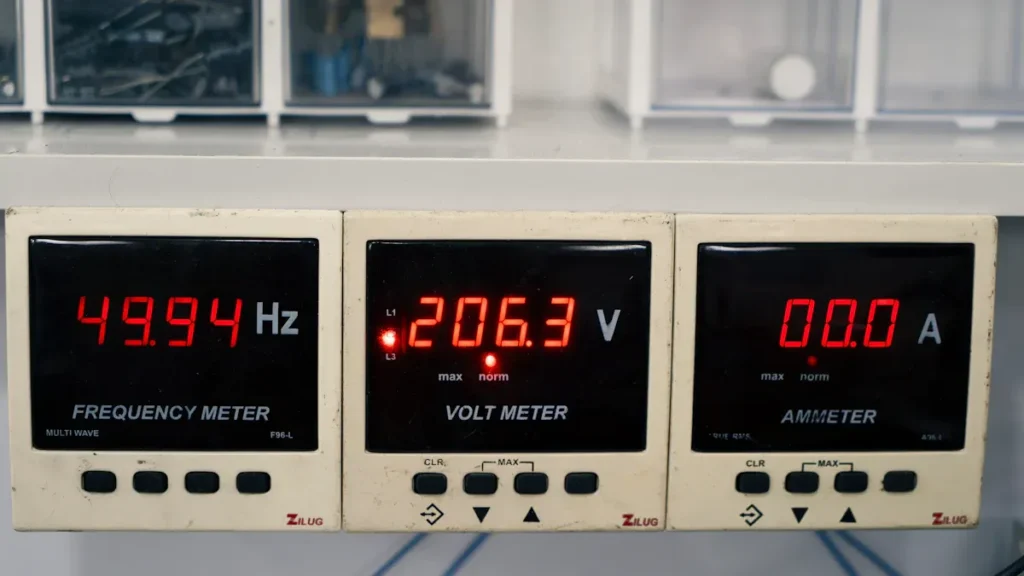In modern household and industrial appliances, heating systems are foundational. With increasing demand for energy efficiency, safety, and smart integration, the heating element has become a dominant solution. This article compares electric heating elements with alternative methods such as gas, induction, and infrared heating across key performance areas.
1. What Is an Electric Heating Element?
An electric heating element converts electrical energy into heat via resistive materials, typically nickel-chromium alloys. These components are widely used in water heaters, coffee machines, industrial ovens, and solar heating systems.
- Thermal efficiency exceeds 95%
- Fast response time and precise PID/PLC control
- Modular and customizable (500W–50kW)
2. Electric Heating vs Gas Heating
| Aspect | Electric Heating Element | Gas Heating |
|---|---|---|
| Efficiency | ≥95% | 70%–80% |
| Startup Time | Instant | Requires preheating |
| Safety | No flame, built-in protection | Risk of leakage or explosion |
| Temperature Control | PID/PLC compatible | Limited control precision |
| Environmental Impact | No emissions, RoHS compliant | CO₂/NOx emissions |
3. Electric Heating vs Induction Heating
| Aspect | Electric Heating Element | Induction Heating |
|---|---|---|
| Heating Principle | Resistive heating | Electromagnetic heating |
| Applicable Materials | Liquids, gases, non-conductive materials | Conductive metals only |
| System Complexity | Simple and integrable | Requires complex coils and cooling |
| Cost | Lower cost and wider use | Higher initial investment |
4. Electric Heating vs Infrared Heating
Infrared systems focus on surface heating through radiation, while electric heating elements provide uniform and deep heat transfer via conduction and convection. Electric elements are more versatile across materials and thicknesses.

5. Innovations in Electric Heating Technology
- Nanomaterial heaters that improve efficiency by 15–30%
- IoT-enabled heating systems with remote diagnostics
- Integrated die-cast heating modules (5kW–50kW)
6. Application Scenarios
| Industry | Use Cases |
|---|---|
| Home Appliances | Kettles, irons, heating pads |
| Commercial Equipment | Coffee machines, kitchen appliances |
| Industrial | Dryers, air heaters, mold heating |
| Renewable Energy | Solar fans, solar water heaters |
7. Certifications and Safety Standards
- ISO9001 / ISO14001 / ISO45001
- CE, ETL, UL, RoHS-compliant
- ATEX / IECEx for explosion-proof products
8. Why Choose Jinzhong Electric Heating?
- 30+ years of expertise in electric heating systems
- Over 3 million units produced monthly
- OEM/ODM customization and rapid prototyping
- Fully automated lines and laser welding robots
Learn more at Jinzhong Official Website.
FAQs
- Q: What devices use heating elements?
A: Household appliances, commercial boilers, industrial ovens, and solar-powered devices. - Q: What is the typical service life?
A: 5–10 years depending on usage and quality. Jinzhong elements can exceed 10 years. - Q: Are customizations available?
A: Yes. Jinzhong provides full OEM/ODM services including power, size, and control options. - Q: Are they safe to use?
A: Built-in protections for overheating, leakage, and dry heating. Certified to global standards. - Q: Are electric heating elements energy-efficient?
A: Yes, with thermal efficiency over 95% and up to 30% energy savings.


